August 22, 2024 · 11 min read
What Is an Ad Hoc Committee? Understanding Its Purpose and Key Benefits

Shaimaa Badawi
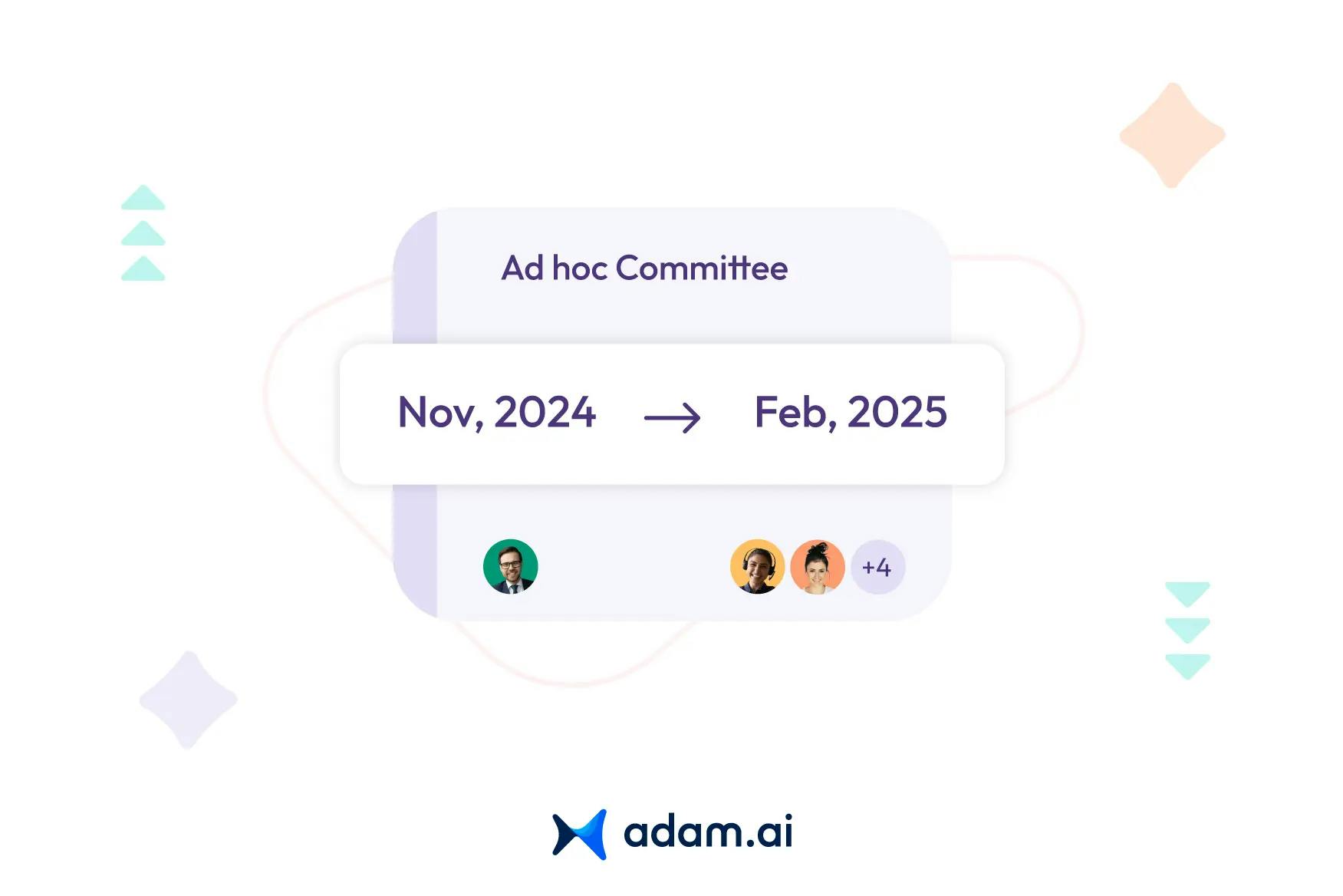
An ad hoc committee is a critical asset for organizations when quick, targeted action is required. Formed with a specific goal in mind, these committees are designed to address urgent challenges, develop solutions, or oversee specialized projects. Whether solving complex problems or guiding strategic initiatives, an ad hoc committee provides the agility and precision needed to achieve key objectives efficiently. Let's discover the key strategies and tools that can make your ad hoc committee meetings more effective and results-driven.
What is an ad hoc committee?
An ad hoc committee is a temporary group formed to address a specific issue, task, or problem within an organization. The term "ad hoc" is Latin for "for this purpose," reflecting the committee's short-term focus. These committees are typically created to handle urgent matters or projects that fall outside the scope of the organization's standing committees. Once the task is completed or the problem is resolved, the ad hoc committee is disbanded.
What are the key functions of an ad hoc committee?
The key functions of an ad hoc committee revolve around solving specific issues and achieving targeted objectives within a limited timeframe. Here are the primary functions of such committees:
- Problem solving: An ad hoc committee is often formed to tackle a specific issue or challenge that requires immediate attention. The committee is tasked with identifying solutions, weighing options, and making recommendations to resolve the problem efficiently.
- Decision-making: Ad hoc committees play a crucial role in guiding organizational decisions related to their specific area of focus. They review all relevant information, gather diverse perspectives, and present their findings to the broader leadership, helping the organization make informed, strategic decisions.
- Providing expertise: These committees often bring together individuals from various disciplines or departments to offer specialized knowledge. Their combined expertise helps ensure that complex problems are approached from multiple angles, leading to well-rounded solutions.
- Focused collaboration: Ad hoc committees create a collaborative space for stakeholders to work together on a singular goal. Unlike standing committees, which deal with ongoing governance matters, ad hoc committees focus all their energy on a specific task, ensuring rapid and effective outcomes.
- Supporting organizational goals: By addressing immediate challenges, ad hoc committees directly contribute to the broader success of the organization. Whether it's vetting a new initiative, managing a crisis, or developing a strategy, these committees help align short-term actions with long-term objectives.
What are the differences between an ad hoc committee and a standing committee?
The key differences between an ad hoc committee and a standing committee lie in their purpose, duration, and scope of responsibilities. Both play crucial roles in organizational governance, but they serve different needs. Here's a breakdown of their differences:
Duration
- Ad hoc committee: Ad hoc committees are temporary, formed to address a specific issue or task. Once their objective is met, whether it’s solving a problem, making a recommendation, or implementing a project, the committee is dissolved. Their short-term nature allows organizations to respond quickly to challenges without long-term commitment.
- Standing committee: In contrast, standing committees are permanent fixtures within an organization. They handle ongoing responsibilities and maintain oversight over specific areas such as finance, governance, or operations. Standing committees meet regularly and remain active regardless of the immediate needs of the organization.
Purpose and focus
- Ad hoc committee: The purpose of an ad hoc committee is highly specific and focused. They are typically created to solve a particular problem, develop a strategy, or provide expertise on an urgent matter. For example, an organization may form an ad hoc committee to oversee the implementation of a new system or address a crisis. Once the objective is achieved, their role concludes.
- Standing committee: Standing committees have a broader, ongoing focus tied to key governance functions. They are responsible for continuously monitoring and advising on areas like finance, compliance, and board recruitment. Their work is routine and integral to maintaining the organization’s long-term stability and governance.
Scope of authority
- Ad hoc committee: Ad hoc committees usually have a limited scope and authority, focusing on the task at hand. They gather information, provide recommendations, and sometimes execute specific tasks, but they do not generally have decision-making power beyond their defined purpose.
- Standing committee: Standing committees often wield more authority within the organizational structure. They make recommendations, oversee critical areas of the organization, and may have ongoing decision-making responsibilities related to their designated functions.
Composition
- Ad hoc committee: The composition of an ad hoc committee is flexible and tailored to the issue it’s meant to address. Members may be chosen from different departments or areas of expertise to provide the most relevant input for the situation. For example, a technology-related ad hoc committee might include IT professionals, financial experts, and project managers.
- Standing committee: Standing committees typically have fixed membership, with individuals selected based on their role in the organization or their expertise in specific areas. Membership is often more stable, ensuring continuity and long-term oversight.
Longevity and impact
- Ad hoc committee: The impact of an ad hoc committee is usually immediate but temporary, as their role is focused on addressing a singular challenge or opportunity. Once their work is completed, their influence ends.
- Standing committee: The influence of standing committees is ongoing, as their decisions and recommendations shape the long-term direction and governance of the organization. Their impact is more continuous, providing stability and guidance on recurring organizational matters.
What are the roles and responsibilities of ad hoc committees?
The roles and responsibilities of an ad hoc committee revolve around addressing specific, time-sensitive issues or tasks that fall outside the routine scope of an organization’s operations. Here's an in-depth look at their primary roles and responsibilities
1. Problem solving
One of the main responsibilities of an ad hoc committee is to find solutions to a specific challenge or issue facing the organization. Whether it's addressing a crisis, vetting new software, or improving a business process, the committee is tasked with assessing the situation, identifying options, and recommending a solution that best aligns with the organization's goals.
2. Providing expertise
Ad hoc committees are often composed of individuals with specialized knowledge or expertise. Their role is to offer insights and informed recommendations that guide the organization in decision-making. For example, a financial ad hoc committee might consist of accountants and business analysts, while a healthcare-related committee may involve doctors and researchers. The committee members contribute their subject-matter expertise to ensure the issue is handled with precision and care.
3. Collaborative decision-making
An ad hoc committee fosters collaboration among diverse stakeholders, facilitating productive discussions and ensuring that multiple perspectives are considered. Their role is to gather input from all relevant parties, mediate differing viewpoints, and ultimately help the organization reach a consensus on how to move forward.
4. Time-bound execution
Unlike standing committees, ad hoc committees operate with a sense of urgency and have a defined end date. Their responsibility is to act swiftly and efficiently, ensuring that the task is completed within the assigned timeframe. Whether it's developing a new strategy, overseeing a temporary project, or resolving an internal issue, the committee must meet its objectives promptly.
5. Gathering and analyzing information
Ad hoc committees are responsible for collecting all necessary information and data related to the issue at hand. This involves conducting research, consulting with experts, and gathering internal and external feedback. Once the information is collected, the committee analyzes it to provide actionable insights and recommendations that address the organization’s needs.
6. Recommending actions and reporting findings
After reviewing and analyzing relevant information, the ad hoc committee’s role is to present its findings and propose solutions or actions. This report is typically shared with the organization’s leadership or governing body, helping them make informed decisions based on the committee’s analysis. The committee may also be tasked with overseeing the initial implementation of its recommendations.
7. Supporting organizational goals
Every action taken by the ad hoc committee is aimed at aligning with the organization’s broader goals and mission. Whether the task is related to financial management, crisis response, or project oversight, the committee ensures that its recommendations support the long-term success and strategic objectives of the organization.
8. Dissolution after task completion
Once the ad hoc committee has completed its task and delivered its findings, it is disbanded. Unlike standing committees that remain active indefinitely, the ad hoc committee dissolves after achieving its specific purpose. This ensures that the organization’s resources are used efficiently and that temporary committees don’t extend beyond their intended purpose.
What are the benefits of an ad hoc committee?
The benefits of an ad hoc committee stem from its ability to provide swift, specialized solutions to specific challenges within an organization. Here are the key benefits of an ad hoc committee:
1. Flexibility and agility
Ad hoc committees are formed on an as-needed basis, giving organizations the flexibility to respond quickly to emerging challenges or opportunities. Their temporary nature allows for agility in problem-solving, enabling them to focus entirely on resolving the issue at hand without long-term commitment.
2. Targeted expertise
One of the biggest advantages of an ad hoc committee is its ability to bring together individuals with specialized knowledge tailored to the specific issue. Whether it's a financial crisis, a new project launch, or a policy review, the committee can be composed of experts with the relevant skills and experience. This ensures that decisions are well-informed and rooted in specialized insights.
3. Cost-effectiveness
Ad hoc committees can be a cost-effective solution for organizations. Because they are temporary, they don’t require the ongoing resources and budget that permanent committees might demand. Organizations only allocate resources for the specific task, allowing for better financial management and less strain on long-term budgets.
4. Fostering collaboration
Ad hoc committees bring together individuals from different departments, backgrounds, or areas of expertise, fostering collaboration that might not happen within standing committees. This cross-functional approach helps generate diverse perspectives, leading to more innovative and comprehensive solutions.
5. Reduced bureaucracy
Because ad hoc committees are created for a specific purpose, they often face less organizational red tape compared to standing committees. This streamlined approach allows them to act quickly and decisively without being bogged down by lengthy processes or layers of bureaucracy.
6. Increased accountability
Ad hoc committees are often held accountable for delivering timely results, as their purpose is directly tied to resolving a pressing issue. This increased sense of accountability ensures that committee members remain focused on the task and work efficiently to meet the organization's needs.
How to host effective ad hoc committee meetings
Hosting effective ad hoc committee meetings requires careful planning, clear communication, and efficient use of time, as these temporary groups are often assembled to solve critical problems or address urgent tasks. Here’s how to ensure your ad hoc committee meetings are productive and result-oriented:
- Set clear objectives: Define the committee's purpose and goals, and share a focused agenda to guide discussions and align participants.
- Select the right participants: Include only those with relevant expertise, ensuring the group remains small and focused for efficient decision-making.
- Prepare in advance: Distribute key materials, such as reports and agendas, ahead of time so members can come prepared for meaningful discussions.
- Foster open collaboration: Encourage active participation by creating an environment where all members feel comfortable contributing their insights.
- Stay on track: Stick to the agenda and manage time carefully to keep the meeting focused and productive.
- Leverage technology: Use modern tools for remote or hybrid meetings, enabling seamless communication, document sharing, and real-time collaboration.
- Assign action items: Clearly define responsibilities and deadlines for follow-up tasks to ensure accountability and progress.
- Document decisions: Summarize key takeaways and decisions at the end of the meeting, and circulate minutes promptly to keep everyone aligned.
Run efficient ad hoc committee meetings with adam.ai
Ad hoc committees tackle specific tasks that require focused, efficient action. Using the right tools is key to organizing meetings, tracking decisions, and ensuring accountability. adam.ai offers a smart solution to streamline these processes and help ad hoc committees achieve their goals effectively.
- Agenda and content management: Easily prepare agendas tailored to the specific issue at hand. With adam.ai’s smart note-taking and content collaboration tools, all action items, decisions, and discussions are thoroughly documented and accessible to every committee member.
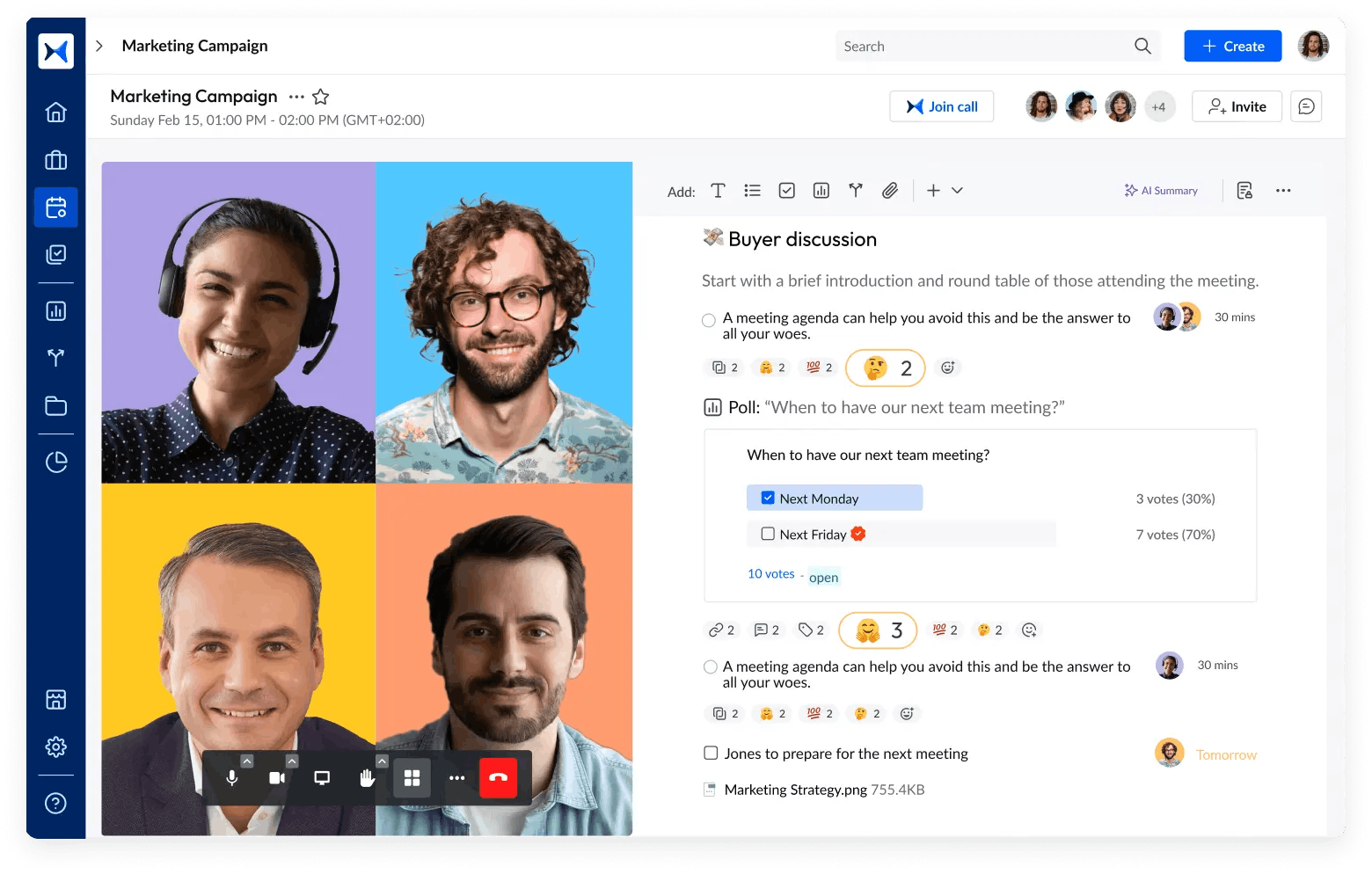
- Action tracking for accountability: Keep ad hoc initiatives on track by using adam.ai’s action and decision tracking features. Monitor progress, set reminders, and track outcomes to ensure that the committee’s objectives are met without anything slipping through the cracks.
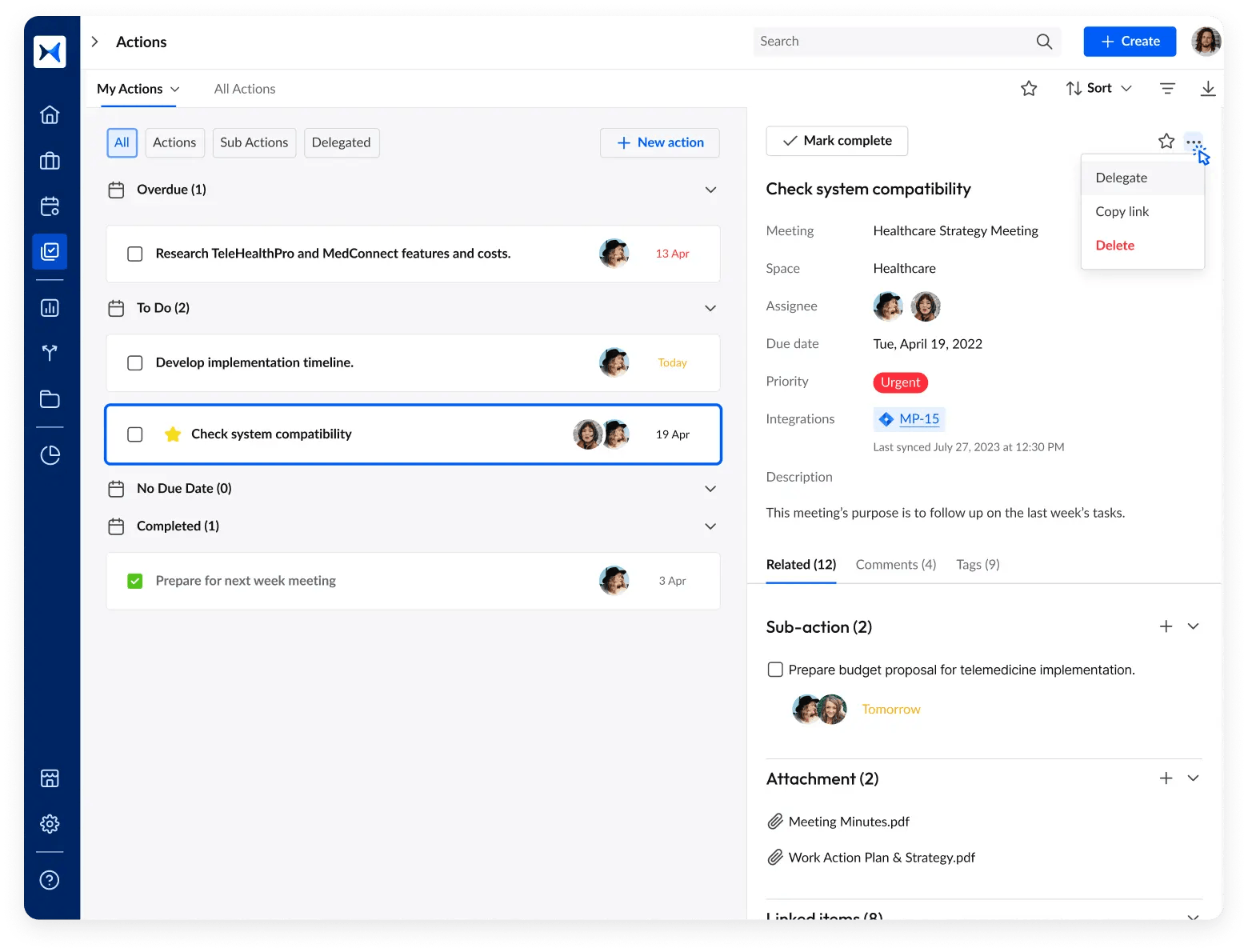
- Multi-space organization for various projects: Create dedicated spaces for each project or task the ad hoc committee is managing. This feature helps members stay organized and maintain focus on the specific issue while aligning with the organization's broader goals.
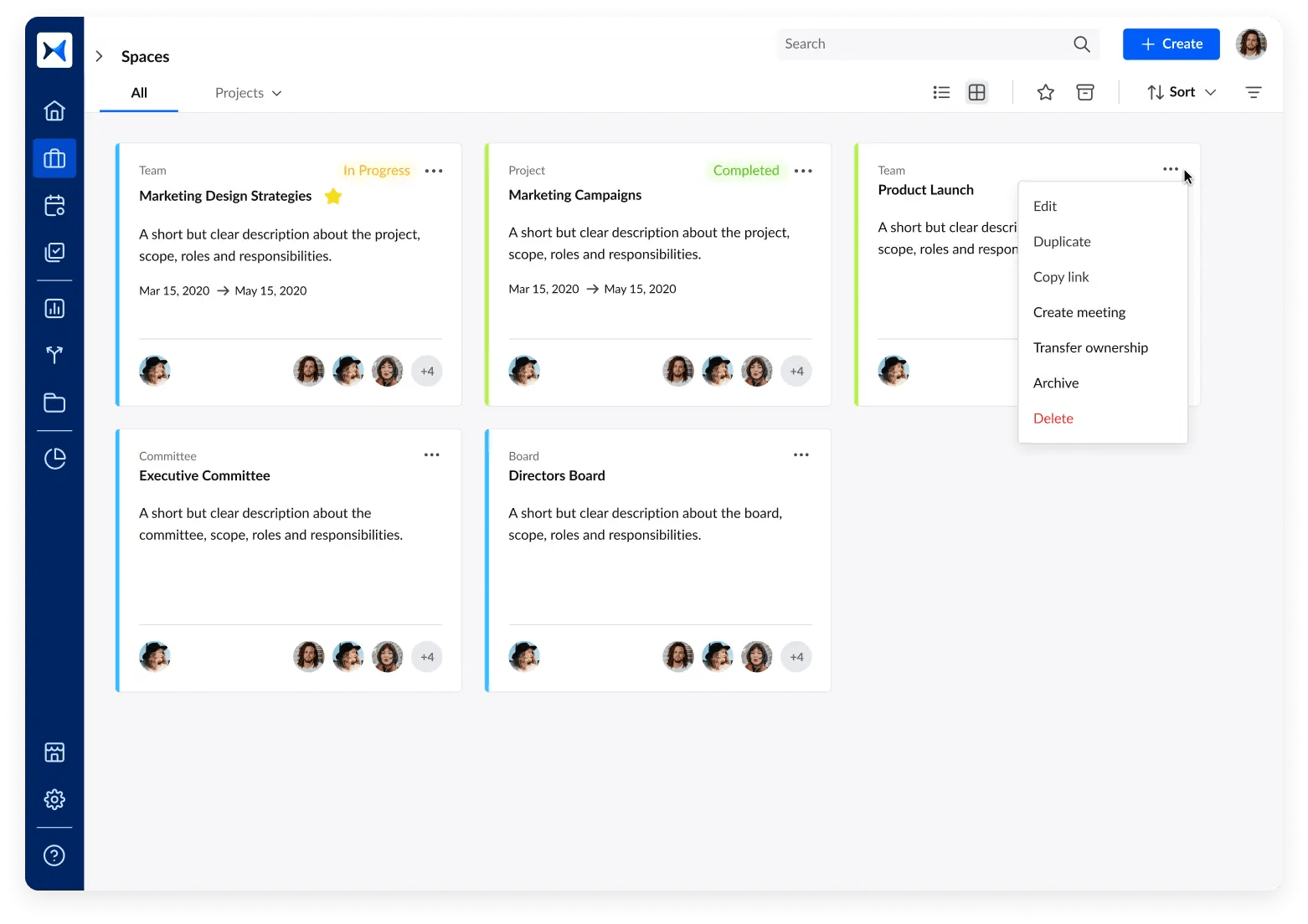
- Automated meeting minutes and documentation: Save time by automating the creation and distribution of meeting minutes. adam.ai ensures that all discussions, decisions, and follow-ups are accurately captured and easily shared, enhancing transparency and engagement among committee members.
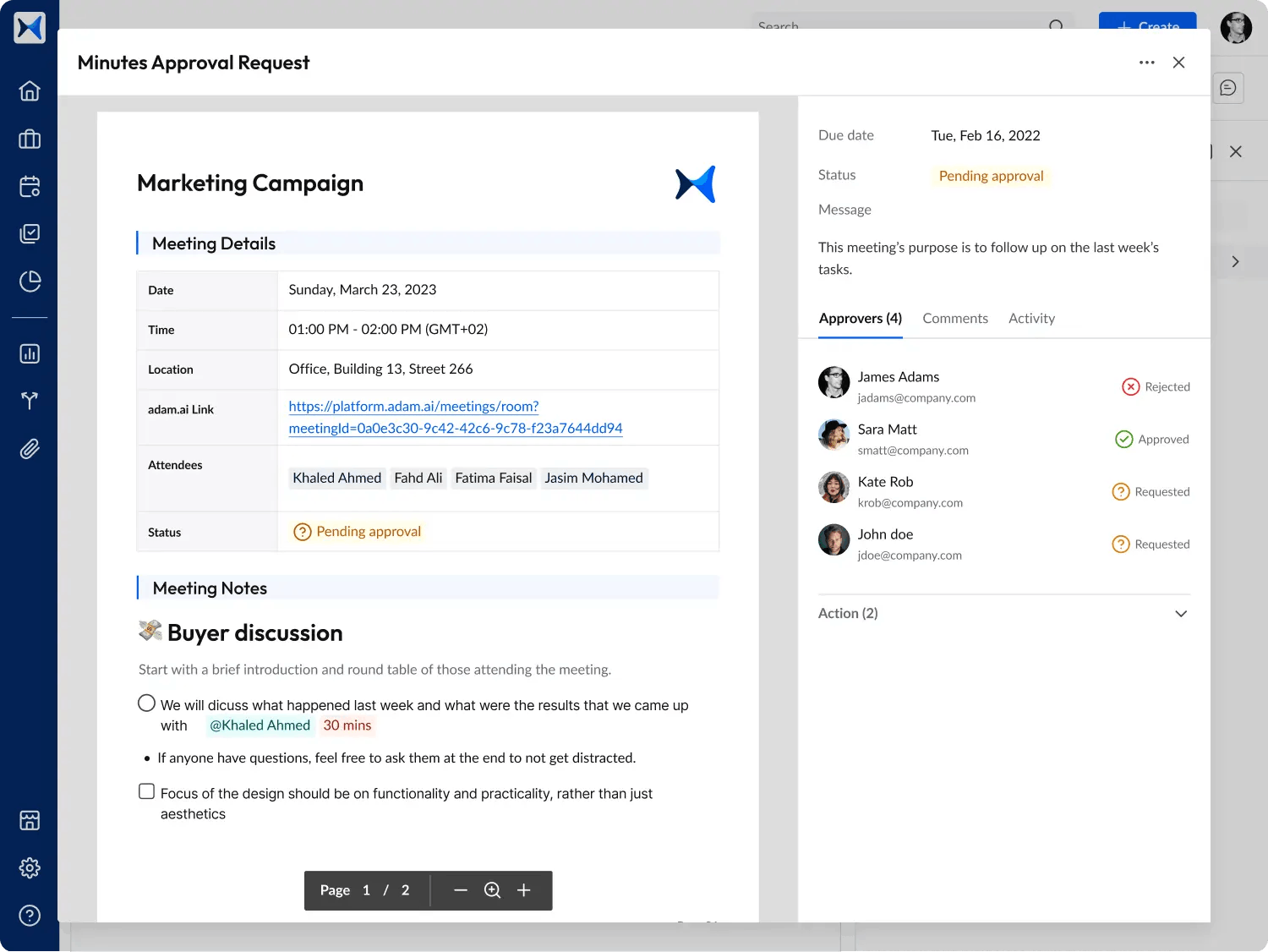
- Voting and decision management: Simplify decision-making by using adam.ai’s integrated polling system. Record all votes and decisions in the platform with attached supporting documents, ensuring transparency and fairness throughout the process.
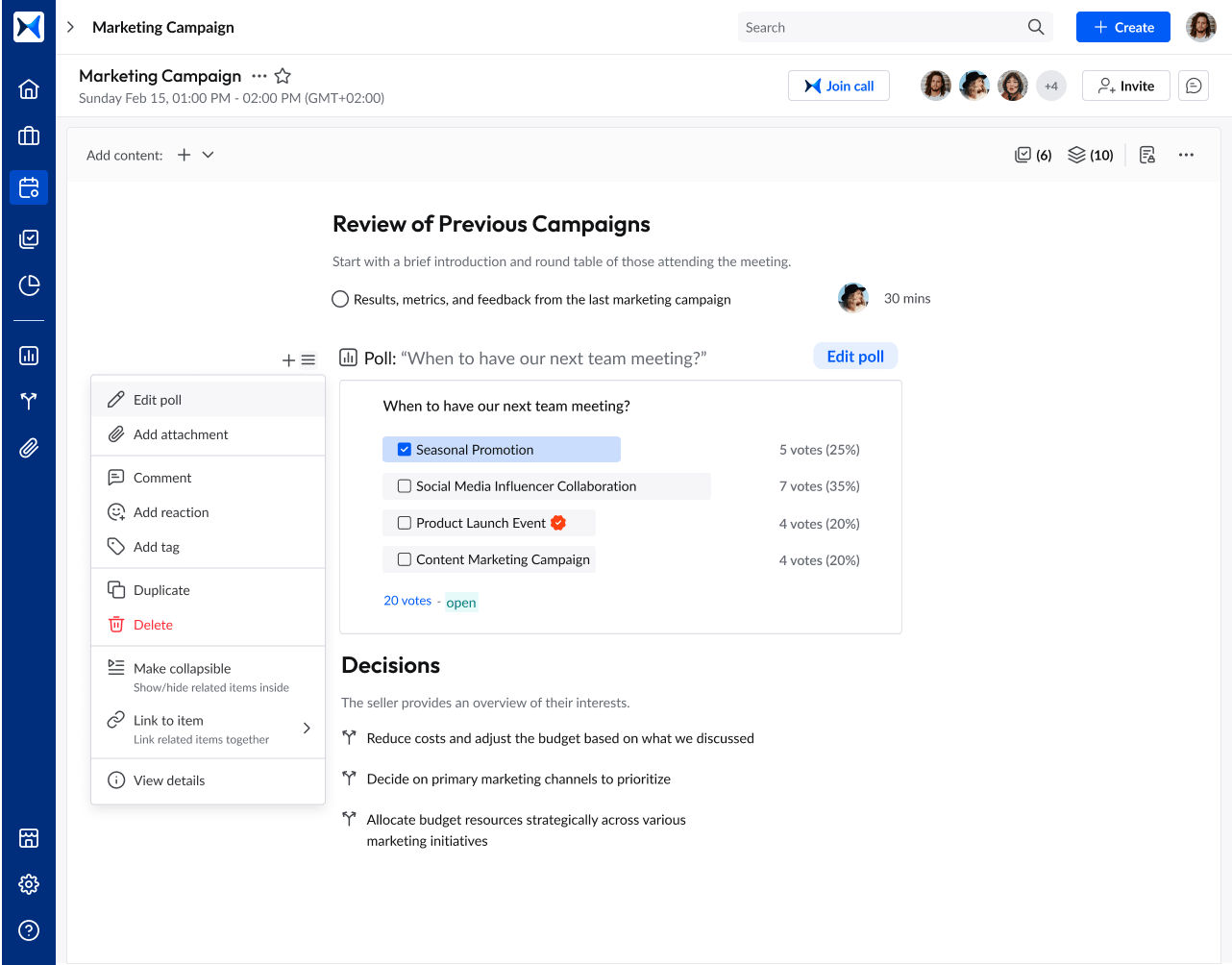
- Analytics dashboard for informed decision-making: Use adam.ai’s analytics dashboard to assess meeting participation, track progress on action items, and review decision outcomes. This feature helps ad hoc committees evaluate their effectiveness and supports data-driven decision-making, ensuring that goals are met efficiently.
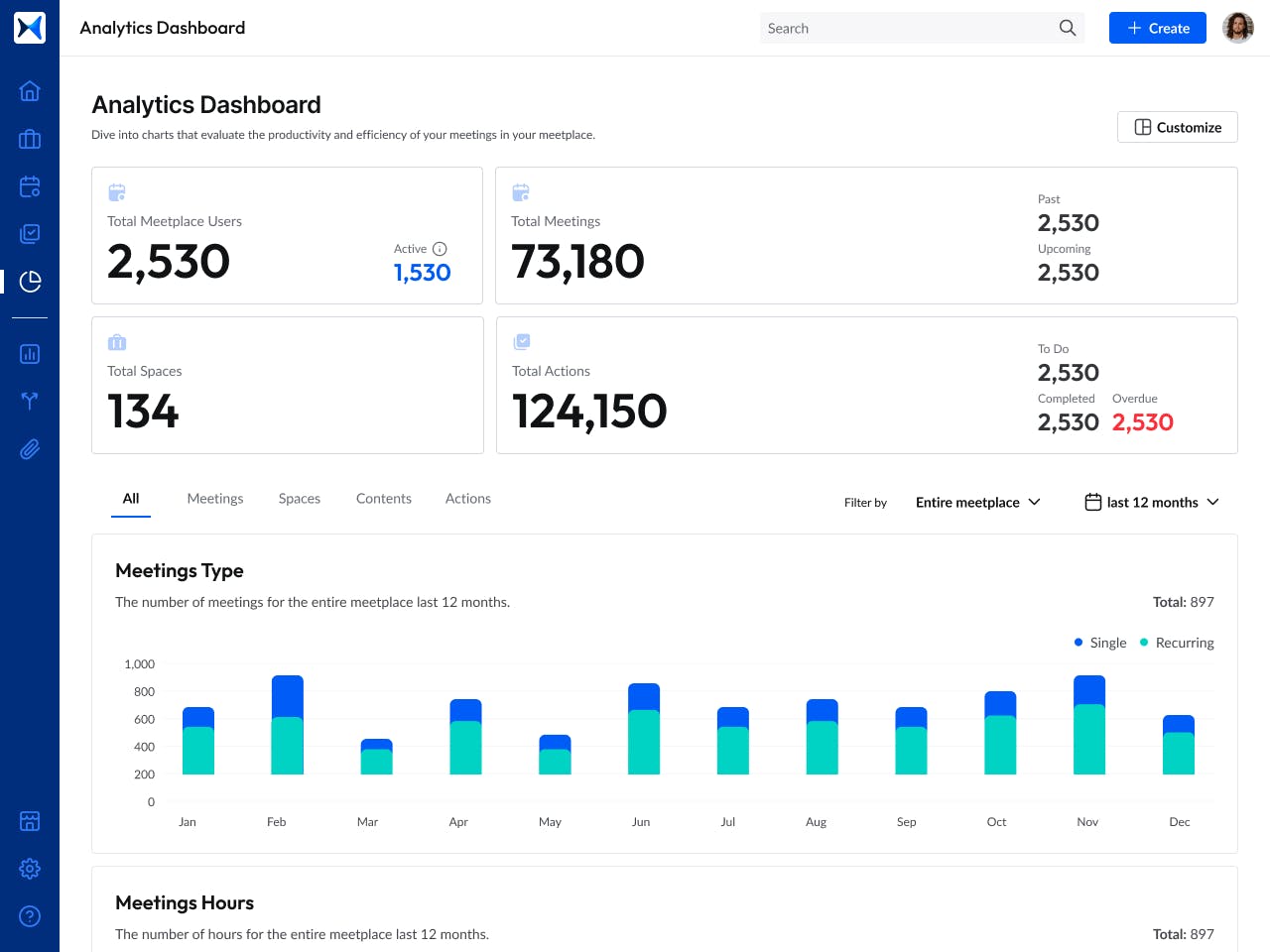
Transform how you conduct critical meetings—From meticulous preparation to effective execution and insightful follow-up, adam.ai integrates comprehensive analytics, full customization, and intuitive interfaces with powerful meeting management tools.
Easy onboarding. Enterprise-grade security. 24/7 dedicated support.
The bottom line
An ad hoc committee is a vital resource for organizations looking to address specific challenges with agility and precision. By assembling a team of experts to focus on a defined task, ad hoc committees provide an efficient way to solve problems and make impactful decisions quickly. Leveraging modern tools can greatly enhance the efficiency and collaboration of ad hoc committee meetings, ensuring faster and more effective outcomes.
And while there may be multiple solutions available, here is why adam.ai is the meeting management software platform you can trust:
- adam.ai is one of Atlassian Ventures' portfolio companies.
- In the meeting management software category on G2, adam.ai has been ranked a leader and a high performer for successive quarters in the past years.
- adam.ai has been included in the Forrester Report in the AI-enabled meeting technology landscape.
- adam.ai is trusted and used by powerful teams and organizations worldwide for all types of critical meetings, like board, committee, project management, and business development meetings.
- And most importantly, adam.ai integrates with your existing workflow, is SOC2 com
Subscribe to adam.ai blog
Stay ahead with the latest insights—get our newest blog posts, tips, and updates sent straight to your inbox.